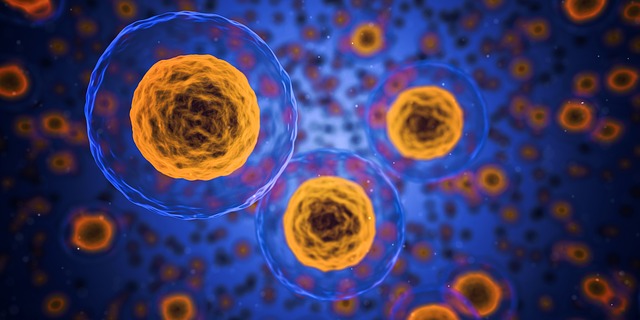Researchers have identified unique cell types in the spinal cords of patients with amyotrophic lateral sclerosis (ALS) that may enable early diagnosis.
Amyotrophic lateral sclerosis (ALS) is a neurodegenerative disease that affects neurons in the central nervous system. Otherwise known as Lou Gehrig’s disease, ALS is characterized by the progressive loss of motor neurons in the brain and spinal cord, leading to paralysis, muscle degeneration, and ultimately death. ALS exhibits a “focal onset” whereby motor neuron degeneration starts in one area of the spinal cord and works its way to surrounding spinal regions. This typically corresponds with initial paralysis in the arms or legs that spreads to the rest of the body. Eventually, the disease may reach neurons enervating the lungs, disrupting the signals required for breathing.
Current diagnostic options are discouraging due to a lack of known biomarkers for early-stage ALS. Now, researchers at the University of Illinois in Chicago have characterized unique cellular changes that occur in the spinal cord during disease progression. These changes may occur before symptoms arise and serve as an early sign of ALS onset. The authors used a novel bioinformatics tool to analyze genomic data from spinal motor neurons taken from patients who died of ALS. These samples were isolated from less affected areas of the spinal cord, representing early-stage disease. Their results, published in the journal Neurobiology of Disease, shed light on specific cell types present in ALS patients compared to healthy controls
“When we examined the data, it was clear that the mixture of cells from the ALS patients was very different from patients with no neurodegenerative disease,” said Dr. Fei Song, associate professor of neurology and rehabilitation in the UIC College of Medicine and senior author in the study.
Not only did ALS patients possess different types of spinal motor neurons, these diseased neurons were associated with immune cells called microglia and macrophages. Evidence suggests that neuroinflammation, involved in the pathogenesis of ALS, may be mediated by microglia and other immune cells. Although the exact mechanism by which inflammation drives neuron death is unclear, these findings support the hypothesis that motor neurons and immune cells interact during disease progression.
“Now that we have identified new subtypes of motor neurons and microglia present in ALS patients, we can begin to further study their roles in contributing to disease progression,” Song said. These disease-specific motor neurons and/or glia may be useful as novel biomarkers or therapeutic targets to slow disease progression.
Written by Cheryl Xia, HBMSc
References:
- Dachet, F., Liu, J., Ravits, J. & Song, F. Predicting disease specific spinal motor neurons and glia in sporadic ALS. Neurobiology of Disease 130, 104523 (2019).
- Parmet, S. Researchers describe new ALS biomarkers, potential new drug targets. UIC today (2019).
Image by Arek Socha from Pixabay



